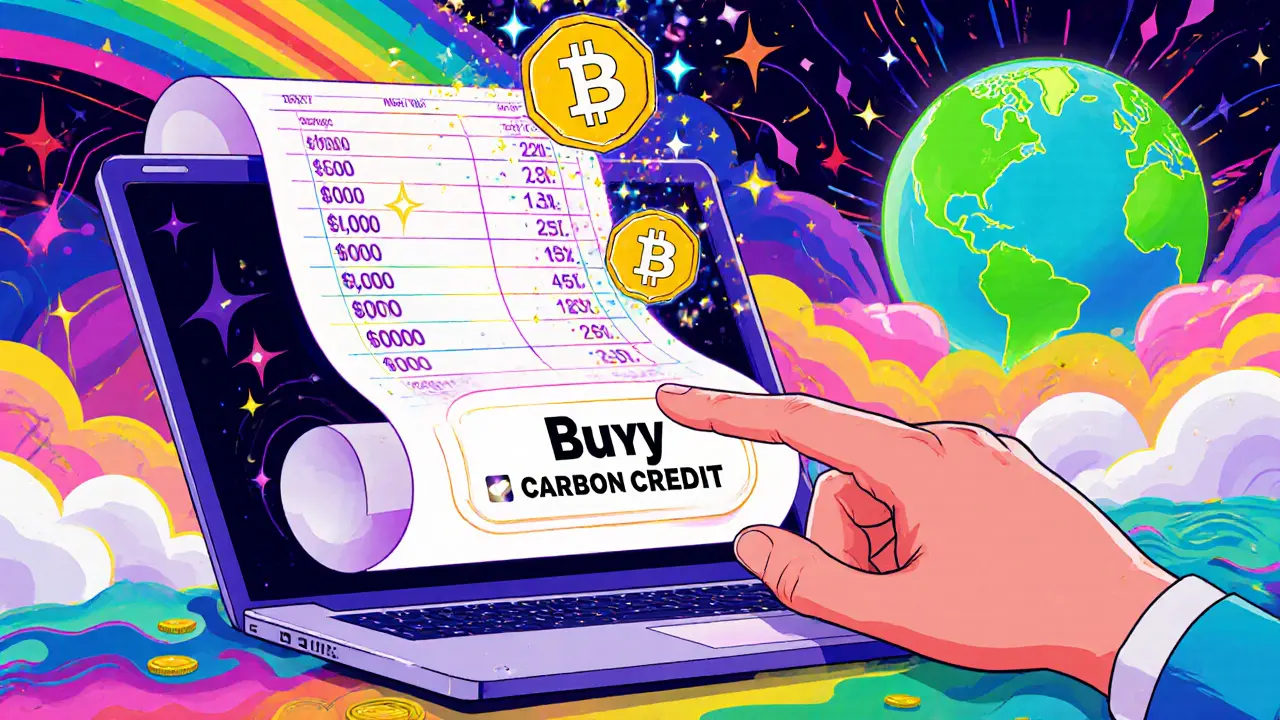Tokenized Carbon Credits – What They Are and Why They Matter
When working with Tokenized Carbon Credits, digital certificates that represent a verified tonne of CO₂ reduced or removed, recorded on a blockchain. Also known as digital carbon credits, they let anyone buy, sell, or retire carbon offsets instantly, without the paperwork that slows traditional markets.
How Tokenization Turns Climate Action into Tradeable Assets
Tokenization (Tokenization, the process of converting real‑world assets into blockchain‑based tokens) provides the technical backbone for carbon markets. By locking a verified emission reduction into a smart contract, the token becomes immutable, traceable, and instantly transferable. This mirrors what we see in Real‑World Asset (RWA) Tokenization, the broader practice of digitizing physical assets like real estate or commodities, but with a climate‑focused twist. The result is a transparent ledger where every retirement is provable, cutting out double‑counting and boosting confidence for ESG‑focused investors.
Because the token lives on a public chain, compliance tools can automatically check that a carbon offset meets regional standards – think Verra or Gold Standard – before a trade goes through. This reduces the need for manual audits and speeds up settlement, which is a big win for companies chasing fast ESG reporting. Moreover, the open nature of blockchain means anyone can audit the supply chain, from forest project to final token, strengthening the credibility of the entire market.
Tokenized carbon credits also open new financing routes. Projects can raise capital by issuing carbon tokens directly to investors, sidestepping traditional banks. This aligns with the rise of ESG tokens, where investors seek both environmental impact and potential returns. The token model encourages liquidity: secondary markets can list carbon tokens alongside DeFi assets, letting traders profit from price swings while still supporting climate goals. In practice, you’ll see exchanges offering carbon pairs, flash‑loan strategies that leverage temporary price differences, and even yield farms that reward participants with extra carbon tokens.
The ecosystem is still maturing, and regulators are catching up. Some jurisdictions treat tokenized carbon credits as securities, while others see them as commodities. Understanding the legal framing helps firms avoid costly penalties and ensures that token issuance aligns with emerging MiCA and ESG disclosure rules. As standards evolve, expect tighter KYC/AML checks on carbon token platforms, and new audit frameworks that blend on‑chain data with third‑party verification.
Below you’ll find a curated set of articles that dig deeper into specific aspects of this space – from airdrop guides for new carbon‑focused tokens to walkthroughs of how DeFi tools can enhance carbon offset strategies. Whether you’re a trader, an ESG analyst, or a project developer, the posts ahead will give you actionable insights to navigate the fast‑moving world of tokenized carbon credits.
Carbon Credit Blockchain Projects: How Tokenization Is Changing Climate Finance
Explore how carbon credit blockchain projects tokenise emissions offsets, boost market liquidity, and bring transparency to climate finance.
